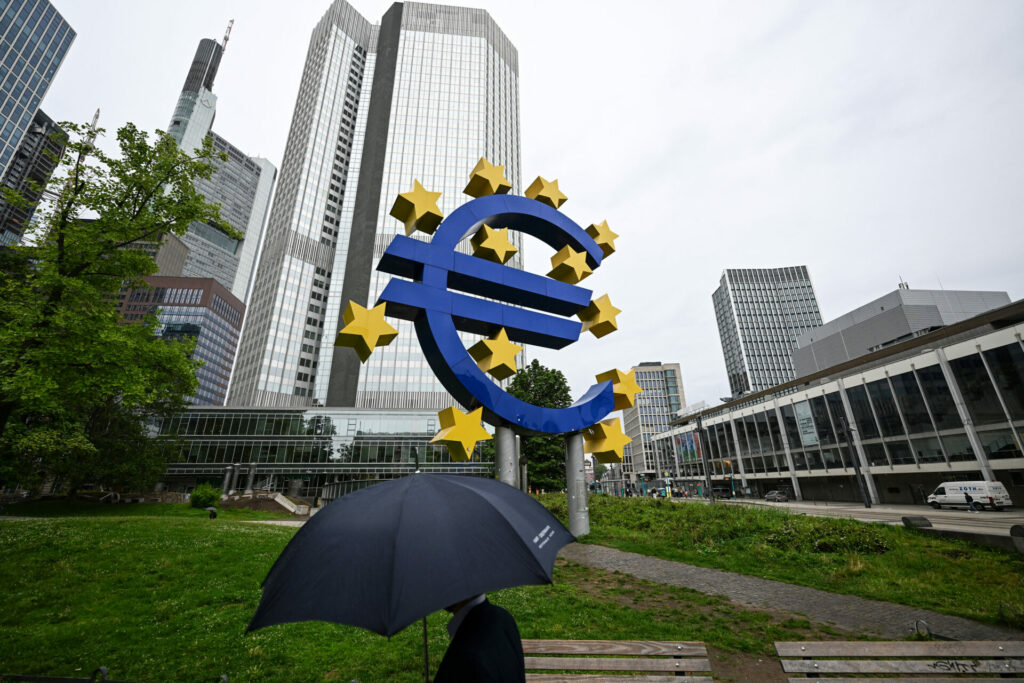Belgium has once again ranked as the eurozone country with the highest level of inflation, according to a flash estimate for November issued by Eurostat.
The inflation estimate for Belgium for November reached 5%, well above the headline rate for the entire eurozone which came in at 2.3%.
Inflation in Belgium was also notably higher than in neighbouring Germany (2.4%), the Netherlands (3.8%), France (1.7%) and Luxembourg (1.1%).
Inflation in Belgium has risen to 5% in November, from 4.5% in October. This is in line with an overall rise in inflation across the eurozone, which increased from 2% in October to 2.3% in November.
Inflation in Belgium and across Europe soared after the Covid-19 pandemic, with prices rising due to increased demand as the world emerged from lockdowns. Problems with supply chains, as well as Russia's invasion of Ukraine in February 2022 and the subsequent energy crisis, also drove up the prices for everything from groceries to electricity.
November marks the eighth month in a row where Belgium has recorded the highest inflation in the eurozone, mainly due to increased energy prices and the phasing out of energy subsidies.
Elevated energy inflation can be linked to the disappearance of energy supports for consumers. These aimed to offset rising energy costs for households between 2021 and 2023, and were still in effect a year ago.
In monthly domestic readings, Statbel has repeatedly highlighted that Belgium's inflation rate is being artificially inflated by the phasing out of these energy supports.
Eurostat measures inflation in eurozone countries using the HICP (harmonised indices of consumer prices). Using the national consumer price index (CPI) measure, inflation in Belgium remained stable in November at 3.2%.
The HICP and CPI figures differ because each index is calculated using a different basket of consumer goods and services.
Looking at the main components of eurozone inflation in November, the biggest drivers are expected to be the services sector (+3.9%), followed by food, alcohol and tobacco (+2.8%), non-energy industrial goods (+0.7%) and energy (-1.9%).

